Author: Dr. Yohana David Laiser, MD Medical Doctor | Space Exploration Enthusiast | Aspiring Public Health Specialist The government of Tanzania has set itself a goal to venture into space exploration by launching its first ever Communication Satellite, scheduled for the end of 2023 following similar endeavors by other countries in the region. This daring spirit shown by the government is also reflected by a rising number of space-related activities, establishment of privately owned companies venturing into space exploration, and a germinating stalk of space ecosystem in Tanzania, most notably in the country’s commercial city of Dar es Salaam.
One of record-breaking events to ever happen in Tanzania is the NASA International Space Apps Challenge, which is the largest global hackathon organised by the National Aeronautics and Space Administration (NASA) in the United States of America and partner organisations from all over the world, such as ESA, CSA, JAXA, ISRO and many more. Authors: The Team: Life - To & BeyondAn initiative to carry out research & outreach activities related to Astrobiology & Space-allied Studies 'Life' is the most dynamic entity known to humanity and is central to our existence. In this, 'Space Sciences' is one of the most multi-disciplinary fields of human endeavour. Therefore, to celebrate the interdependence between 'Life' and 'Space', we, as a group of space enthusiasts, initiated a non-profit community named "Life- To & Beyond" or "L-T&B" on the 8th of February, 2022. Why us? Life- To implies Astrobiology, i.e. the scientific study of the origin, evolution, and distribution of life in the cosmos, and Life- Beyond implies Space-Allied Studies, i.e. humanity's current efforts to move beyond our planet and simultaneously conserve its novelty. Thus, as our name implies, we aspire to figure out more about Life and Space, which, in turn, are the two sides of the same coin, known as the 'Universe'. Our Vision and Mission:
We, the members of team L-T&B, firmly believe that 'to explore is to be Human', and so, we rejoice 'Life' as a 'Cosmic Phenomenon' by attempting to: • Figure out the chronicle of our past (i.e. from the big bang and even beyond to conscious life on earth); • Work on our present (i.e. our current efforts to move beyond our planet and at the very same time conserve its unique richness); and • Create a glorious future for humans (i.e. our ultimate fate in the universe). Furthermore, we have the vision to generate awareness and create an impact in every community and country in the world by creating local or accessible opportunities for learning and research concerning Space sciences and STEAM fields with a special focus on Astrobiology and Space-Allied Studies (i.e., Space Pharmacy, Space Biotechnology, Analog missions, Space robotics, space architecture, etc.). To turn our vision into a reality, we vow to engage in Research, Communication, and Outreach concerning our focus areas. Additionally, to spice up our enterprise, we work towards bringing about an intra-, inter-, multi-, and trans-disciplinary approach in whatever we do, including making quality education and research opportunities (and facilities) available to all. To fuel this initiative, we have taken the onerous on us to share information about events and opportunities related to space sciences with all. Girls from Kazakhstan, Kyrgyzstan and Uzbekistan have launched nanosatellites to analyse air pollution, as reported by the UNICEF Office in Kyrgyzstan. According to the organisation, three nanosatellites were created by participants of the UniSat educational program, within a joint project between UNICEF and the Al-Farabi Kazakh National University. The organisation further reported that - "nanosatellites, which belong to the class of small spacecraft, weigh up to 10 kilograms and are equipped with several cameras, one of which is capable of capturing elliptical images of the Earth with 4K resolution. During launch, UniSats allow you to capture stunning high-resolution images of the Earth and space. Sensors collect data on radiation, pressure, gravity, light and gas composition, and large amounts of data, video and images are sent back to Earth for analysis." "The launch of the nanosatellites is symbolic. It demonstrates the limitless potential of girls and women in Central Asia. Their ability to push the boundaries of science and technology. We are extremely pleased that this year we were able to include 2,000 female participants from the three countries in the program and inspire them to continue their education and careers in science, technology, engineering and mathematics. We believe that the results of the UniSAT program will bring a cosmic change in society." The nanosatellites were created by the girls as part of a 10-day marathon. The project participants mastered the design, engineering, programming, and assembly of the spacecraft. They were able to visit the centre for space technology and remote sensing, and the theoretical knowledge they gained was immediately put in practice during the classes. Under the mentors’ guidance, they designed nanosatellite bodies using 3D modelling and printed them on a 3D printer. The girls also programmed UniSat subsystems and tested them in the lab before launch. "In Kyrgyzstan, only one in three girls aged 15-19 is computer literate, and more than 80 percent of girls choose social and human sciences. But how much do these choices reflect girls’ professional interests and aspirations? That’s why UNICEF launched Girls in Science in 2020 to help them expand their horizons, overcome gender stereotypes, and make their career choices. Every year, more than 10,000 girls join the initiative and more girls gain confidence in developing a career in science. In this context, the nanosatellite launch event is not only the result of two years of work for us, but also an inspiration for the potential of girls and our youth." The UniSat program is supported by the Dubai Cares International Education Foundation, Clé de Peau Beauté brand, and philanthropist Nazanin Alakija Article originally published (28/03/2022) in Russian on the website 24.Kg - LINK
Our thanks to Myrza Karimov (University of Central Asia) for supplying InnovaSpace with the version translated into English
Our thanks go to space enthusiast Ermis Divinis, aged 11, who used his digital media skills to create this fun summary of the Mars rovers, which have provided the scientific community with so much valuable data about the Red Planet. Enjoy!
Tomas DucaiStudent of biology (microbiology/genetics), University of Vienna - Space (medicine) enthusiast Indulging in memories, I honestly cannot say at which exact time point in the past my interest in astronomy arose. Nevertheless, in this context, I do remember a memorable experience that occurred when I was a pupil at primary school in Vienna, where I live with my parents. At that time, being an active wheelchair-user, I regularly attended an adventure holiday camp in Slovakia – my country of origin – which was funded especially for kids and adolescents with physical disabilities and the venue location changes with every year. One year, the adventure holiday camp took place in the Slovakian mountains – the High Tatras. Besides a flight in an ultralight-airplane and rafting, we also spent a night out in the open air at the terrace of Slovakia’s second highest mountain, called Lomnický štít, at 2634 meters above sea-level. Looking up at and observing thousands of stars in the night sky left a strong impression on my child’s mind, thinking it very brave as a wheelchair-user to be spending a night in quite an unusual environment, and wondering what it might be like to experience outer space and questioning the reason behind the cohesion of the universe… With my entry into grammar school, I couldn’t wait for the first year to pass in order to experience physics lessons from my second year onwards. I was very lucky to be taught by a particular teacher (biology from my first year, then physics) who taught her subjects with unbelievable enthusiasm, which transferred to me from the first moment. Realising that astronomy is a sub-discipline of physics motivated me even more to follow the fascinating physics lessons of my favourite teacher, and I was honoured to be accompanied by her in biology until my graduation exam. My experience with a further two physics teachers led to my gaining valuable advice on literature, resulting in my beginning to read the children’s books of the famous British astrophysicist Stephen Hawking, and enjoying them to the fullest. As time passed, I also read the other popular scientific books from this great astrophysicist, who developed into an idol in science for me, not only because of his remarkable scientific findings, centred upon black holes, such as the information paradox of black holes, but also because of his personal history, having a motor neuron disease, called amyotrophic lateral sclerosis, resulting in being physically paralysed in an electric wheelchair. In 2016, being 16 years old, I experienced an unbelievable trip, which was my great wish for my upcoming 17th birthday. My family and I decided to travel to Tenerife, one of the Canary Islands, so I could have the chance to participate in the STARMUS festival. It is a prestigious festival of Science and Art, where lots of famous natural and life scientists present the most important scientific findings of their careers. Among 11 Nobel laureates, I had the chance to listen to and experience in person a lecture given by Stephen Hawking, definitely being one of the highlights of the festival. Nevertheless, during the festival, my passion shifted from astronomy to molecular biology/genetics/biomedicine and neuroscience, attending also lectures by the famous life scientists and Nobel laureates Edvard Moser and Elizabeth Blackburn, who sparked my interest in biology. Now, being an undergraduate student of biology at the University of Vienna, I feel like I am arriving at a fork in the road of my life, trying to merge my interests in molecular biology and astronomy. I am very lucky, being supported in an incredible environment and having connected with amazing, important people who would like to accompany me on my way, noticing that their potential to influence my decisions is extraordinary – hopefully in a positive way. I am certain that my way has not yet ended and I am already very curious about what I will be honoured to experience in the future, pursuing my aim to merge my two major professional interests: astronomy and biomedicine.  Blog also published at Kids2.space Author: Chris YuanMember of the InnovaSpace Board of Advisors; CoFounder Planet Expedition Commander Academy (PECA), Explorers Club member, Space Dreamer... "Bang bang bang, bang bang," there was a knocking sound from the water. This is an 18-foot-deep pool in the diving hall of Nanning City Gymnasium in Guangxi. Two PECA (Planet Expedition Command Academy) trainees: Hannah and Selina, wearing scuba diving gear, are stitching together a satellite model underwater, which is designed with PVC pipes of different colours that are removable and can be spliced together. This training involves scuba divers simulating the role of space station EVA astronauts, capturing and repairing damaged satellites. The person under training must maintain neutral buoyancy during the whole process and retain sober analytical and hands-on ability under the conditions of maintaining air consumption, completing the assembly of the satellite model and bringing it out of the water. Hannah and Selina are mother and daughter, and Selina had just graduated from college and planned to have a gap year. The pair chose to participate in the 3-month PECA general training course. The scene just described was their training subject for PECA's second physical space, Ocean Planet: astronauts completing space missions in a simulated weightless state. They started from scratch and had already successfully completed the first physical space: Earth-Mountain Exploration, in which they completed a 10-day cross-country horseback trek on the Qinghai-Tibet Plateau, and finally entered Tibet on horseback, after completing 235 kilometres of horseback riding. Finally they arrived in Guangxi, China and experienced a lot of confined water training, cave diving, to adapt to the exploration of the underwater world, and simulate future space travel. Selina had no previous experience with such a wide range of different exploration types, and when asked if she worried about whether she would be up to the challenges of the training, she said: "I chose to take this step, that is, I chose to face the unknown changes." The PECA curriculum has been seeking a path that connects the ordinary person at one end, with at the other end the coming age of great sailing for civilian space exploration (see also previous blog). Space exploration in the minds of most people is a national strategy, a game for a few people financially supported by the government, and super-rich people. Several of my friends have asked me a similar question, a pointed question:
"How do you think that space travel can become a majority movement in the future? How is their training program different from official astronauts?" Allow me to start with a story. Fifteen years ago, I rode a mountain bike alone from the Ger-mud area of Qinghai to Lhasa, Tibet, and then continued on until I reached the base camp of Mount Everest. This is the highest road in the world. My journey lasted 40 days, was 2200km and ended at the highest altitude of the Everest Base Camp. I later wrote a book "Through Your Eyes, See My Soul - 40 Days of Everest Ride". Some readers asked me the same question: "What is the most important prerequisite for a beginner who will ride the Qinghai-Tibet line? Sufficient money or physical reserves?" After thinking carefully, I replied: Neither of the two you mentioned are the most important, the most important thing is the ambition you have to go, it's the determination, it's the emotion. With that first push, money and other things follow." Think about it, it took only 66 years from the Wright brothers first successful test flight of their plane to the landing of a man on the Moon!
How can you transform the light of a star into music? To turn the data into sound I used a sonification technique that was developed by Cristian Droppelmann & Ronald Mennickent, in 2018. Rather than transforming the data as carried out by the Fourier Transform and XSonify programs, the Droppelmann and Mennickent formula translates the data into musical notes by calculating the normalized magnitude from the actual magnitude of the star, and the normalized time from the Julian dates of the observation. This can be done using MS Excel because the formula is simple and very easy to code. These normalized values have equivalent musical notes and musical rhythm, respectively, based on a table that they also created. Once translated into musical notes and rhythm, a digital audio workstation (DAW) is used to generate the audio. This audio of the light curve can then be interpreted into a musical piece. Therefore, using this method, we can generate two audios: one is the actual audio of the light curve where there is a corresponding 1:1 ratio of magnitude to musical note, and the other is a 1:1 ratio of Julian dates to musical rhythm. Most of the time, although these musical notes follow a specific key signature and family chords, there are some notes that deviate, meaning, it seems to be out of tune. That is why we also arrange it into a beautiful musical piece. The observed star – Delta Cephei, part of the constellation Cepheus The star used for the audio is called Delta Cephei (abbreviated to Del Cep), located approximately 887 light-years away. It is a Type II Cepheid – a variable star type with a period of pulsation between 1 and 50 days. Delta Cephei itself has a period of pulsation of around 5 days, with a visual magnitude that changes within the range of 3.5 to 4.4. It is one of the stars in the Cepheus constellation, as seen in the constellation image below. The Stellar Music You can check out my stellar music by listening to the two audio files below: 1) Del Cep 2448606.58 to 2448636 - the actual audio of the light curve - not arranged and follows the 1:1 ratio 2) The Joy of Cephei - the arranged audio - this is the musical piece, arranged, and some notes were manipulated for aesthetic purposes. Just remember - the sound that you hear is not from the interior of the star, rather, it is the sound that the light curve creates using the Droppelmann and Mennickent 2018 equations. I hope you enjoy the stellar music… This blog is promoted and supported by the:
InnovaSpace congratulates the hard work and dedication of Space System Engineer Marco Romero and Daniela Barbosa and their team of helpers, who dedicate their own time and resources to promoting science & technology initiatives in Angola and beyond. Well done all on your latest activity to inspire the future space generation! The Thematic Week to Celebrate Rural and Urban Development and looking at the contribution of the Education sector to sustainable development, saw the launch of 10 Editions of Space Science and Technology Comic Books, produced in Angola. “Ruvi Humbi” illustrates the life of a girl born and raised in a village in southern Angola. She dreams of reaching the stars but a conflict between the cultural and empirical knowledge of her friend Humbi and the scientific knowledge of her physics teacher makes it difficult to realize her dream of exploring the universe. “Xiamy” recounts the story of two boys who are invited to travel back in time to use the knowledge they acquired in physics and maths classes to help Punguandongo elders improve space surveillance and planetary defense techniques. “Katutu – The Space Engineer” - Young Katutu is a dreamer who goes through the phases of discovering his profession. His regular routine of life as a student and homework is interspersed with dreams in which Katutu discovers a robot with whom he learns what it is like to be a Space Systems Engineer and how he can contribute to space science and technology that changes the world. “Tropa dos Kandengues” - A group of young scientists go on a study trip to the Namibe desert, imagining its dry red landscape to be like a trip to the red planet Mars, and they apply all their knowledge acquired in classes on human and robotic exploration of the Solar System. The comic books were pre-released on November 6th, 2021 to children, educators, investors and other members of the educational system, with the ultimate aim of receiving feedback, support and contributing to the Educational community around the world. Can you help support their work in some way? Drop us a line and we can connect you! Julio RezendeDirector of Innovation at FAPERN/Coordinator of Space Analog Station @HabitatMarte The space experience must be creative, cooperative and respectful. This is what the partnership established between the analog space station Habitat Marte and InnovaSpace is all about. The operationalization of the Habitat Marte project has permitted the bringing together of numerous enthusiastic people from the space area, this being the case for the virtual meeting that took place between myself and Thais Russomano, CEO of InnovaSpace. When I see how much more we can do to help children and young people through the debate, education and popularisation of science using the space theme, this generates a high state of consciousness. It’s excellent having the possibility of interacting with the right people in order to create genuine relationships and interest in the professional growth and development of others, thus collaborating for a better world, with more justice and prosperity, especially for those who would like to include themselves more in the aerospace field. Many people find the space theme to be very inspiring and it seems to foster confidence and a great sense of personal fulfilment. I observe this in the trajectory of many young people who see this area as a future professional field
|
Welcometo the InnovaSpace Knowledge Station Categories
All
|
UK Office: 88 Tideslea Path, London, SE280LZ
Privacy Policy I Terms & Conditions
© 2024 InnovaSpace, All Rights Reserved

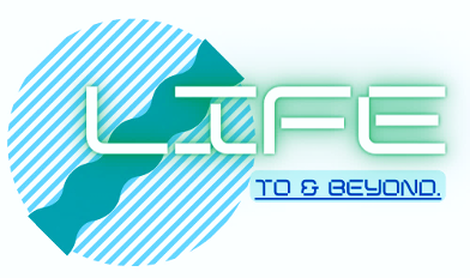
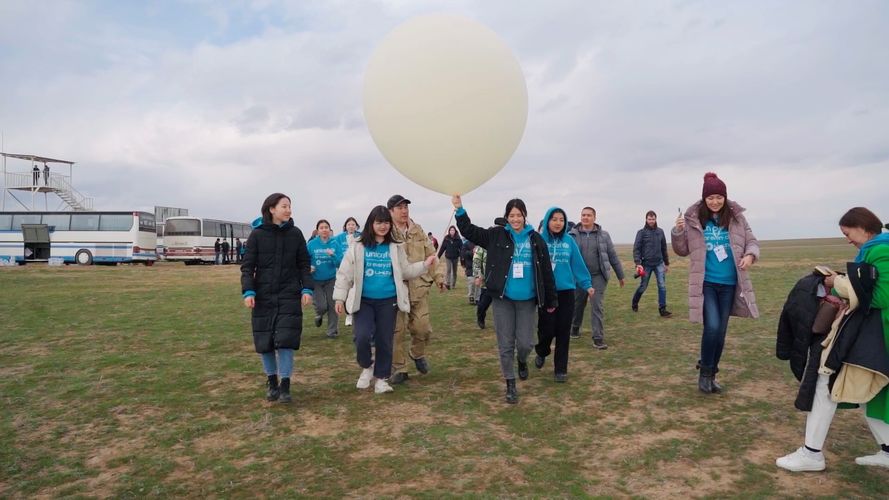
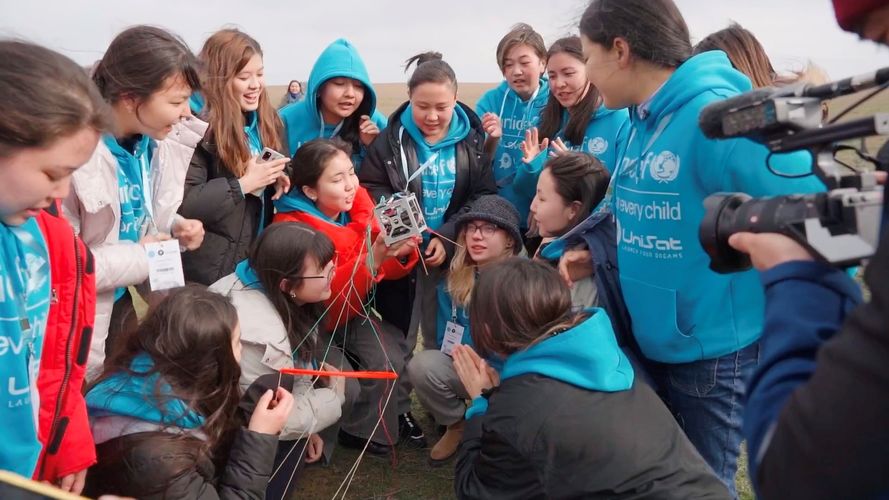
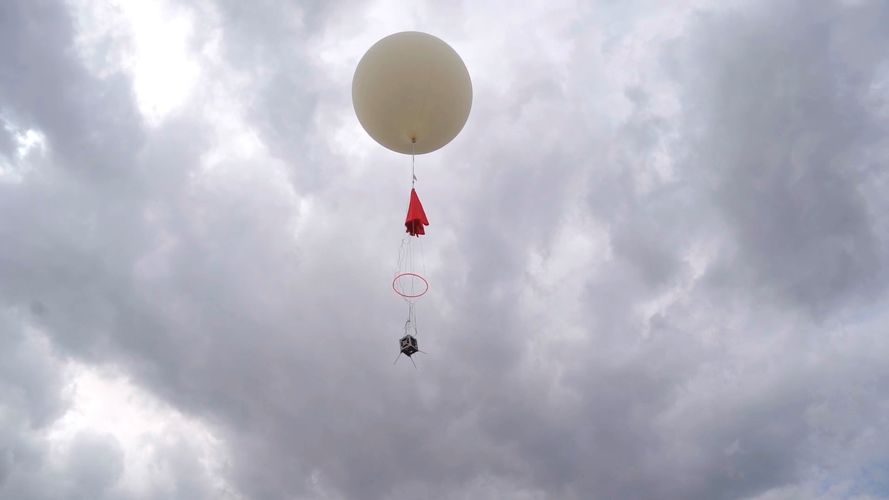
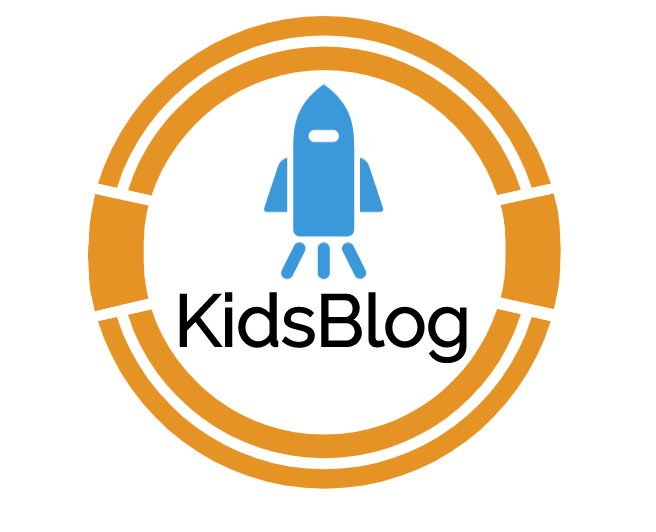
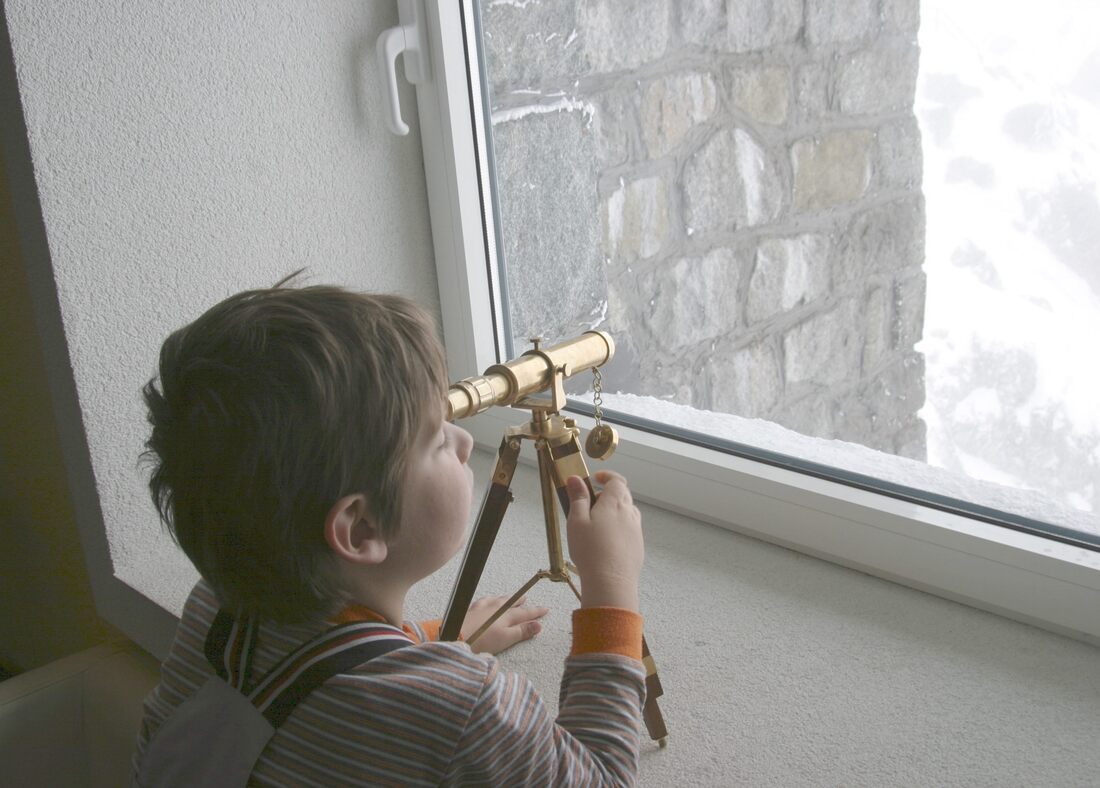
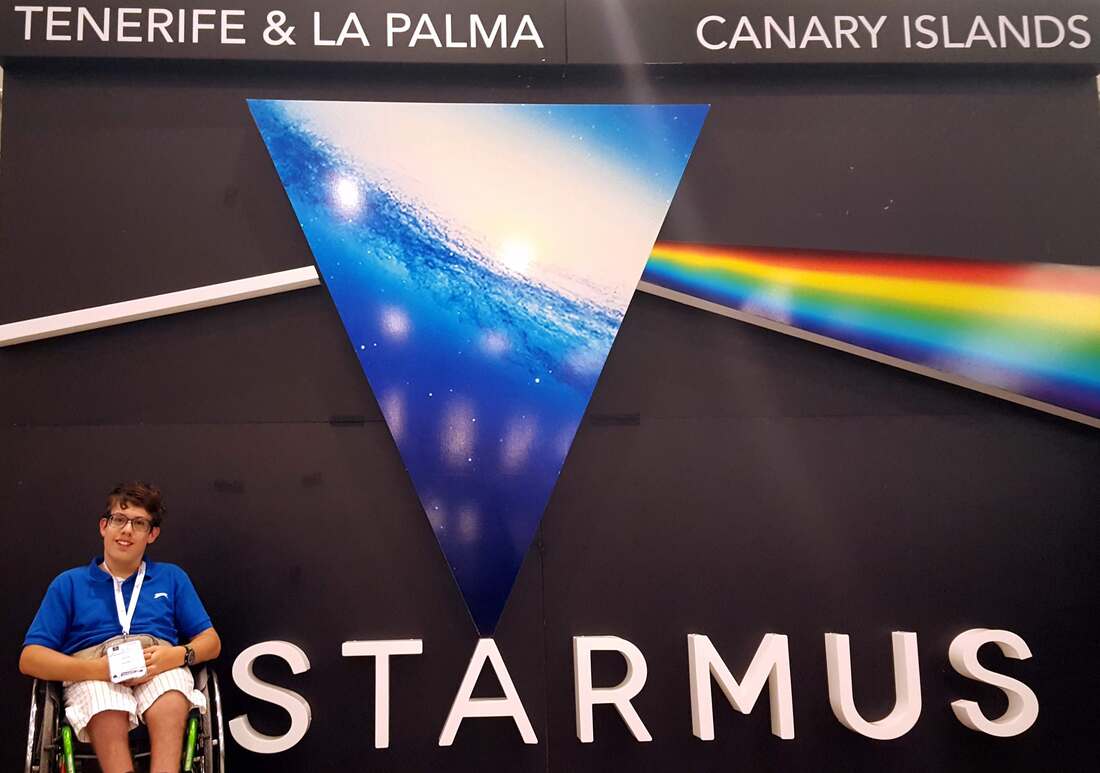
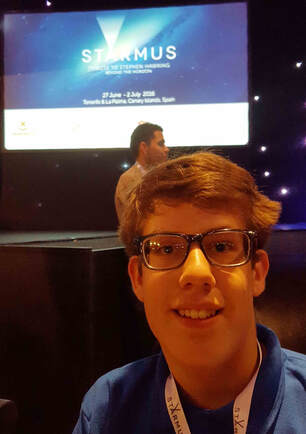
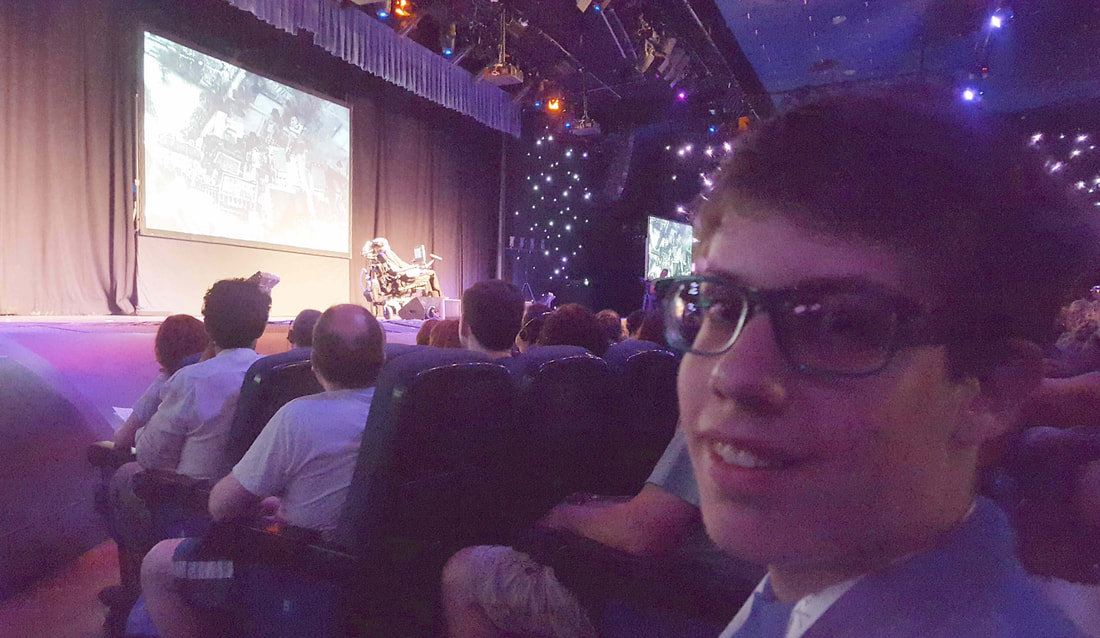
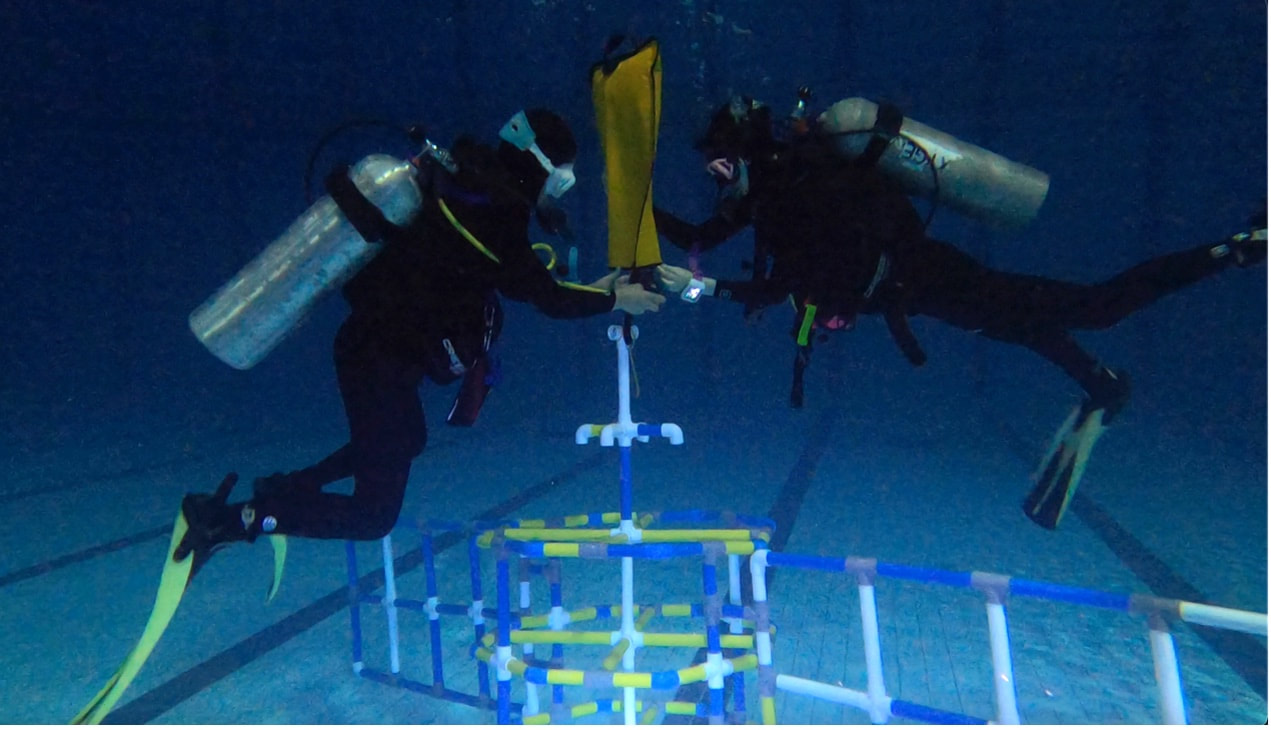
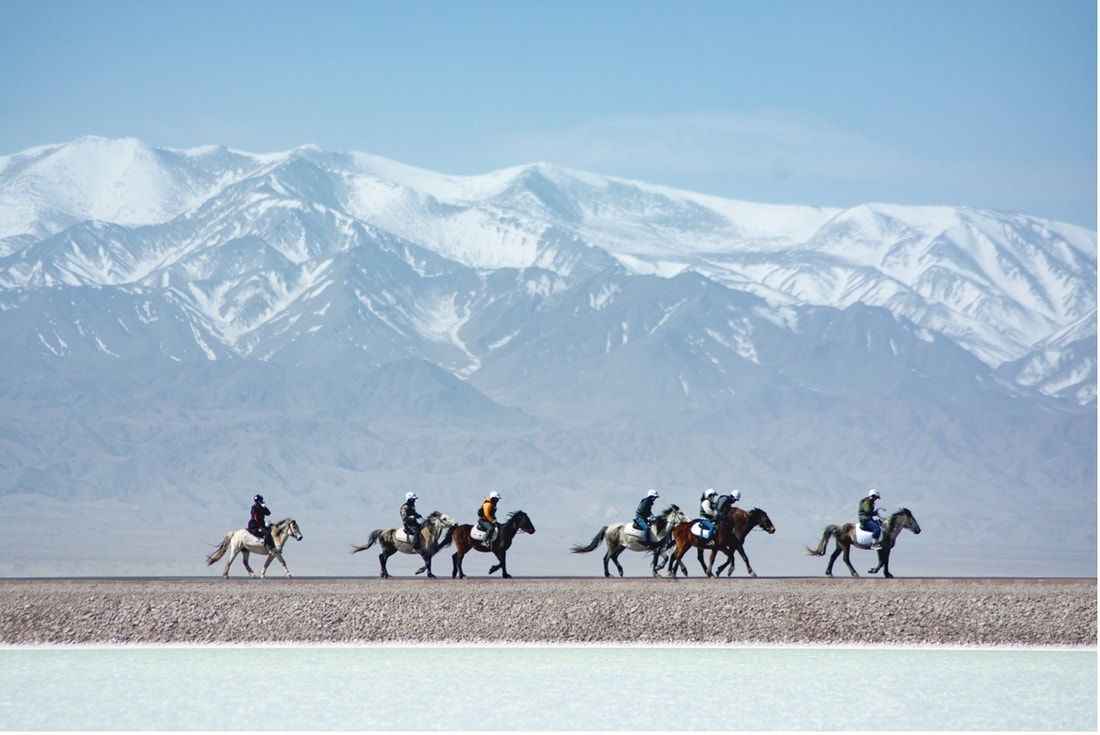
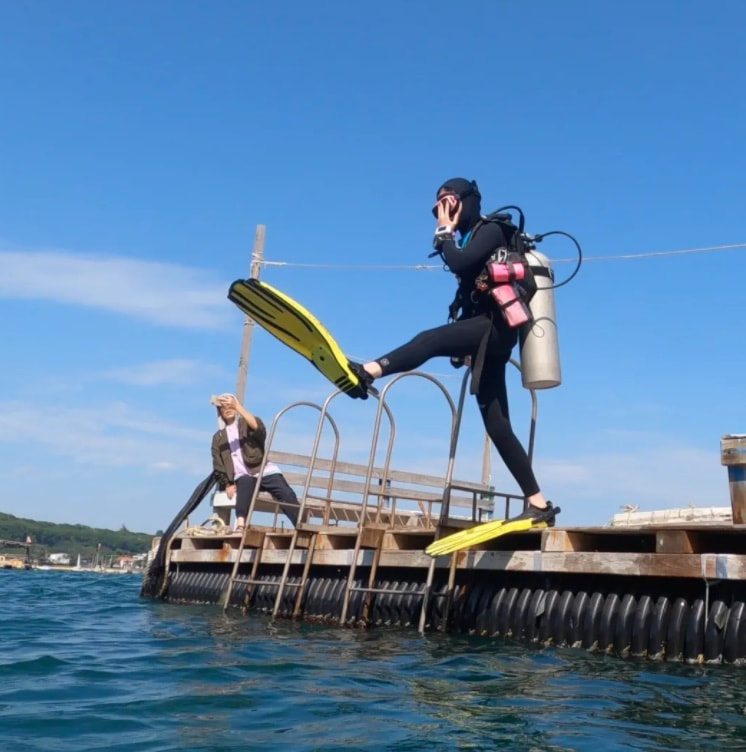
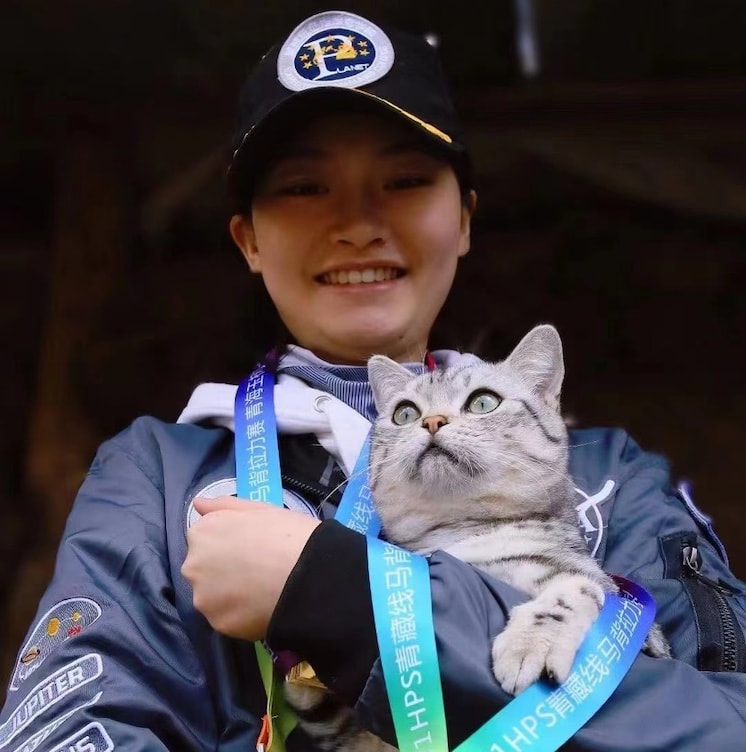
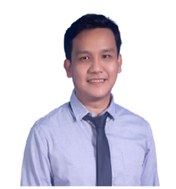
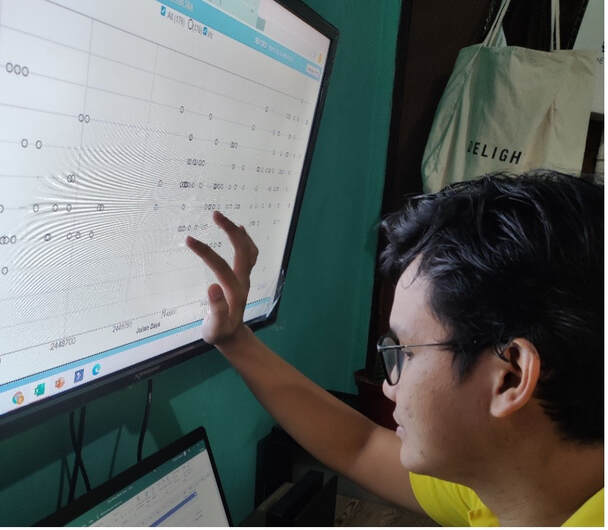
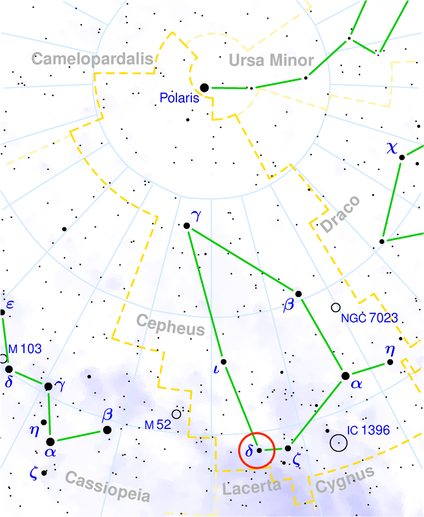

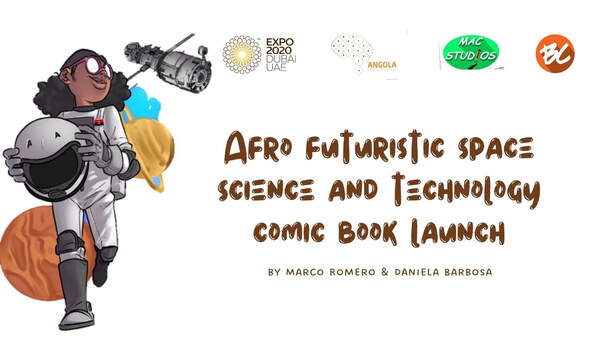
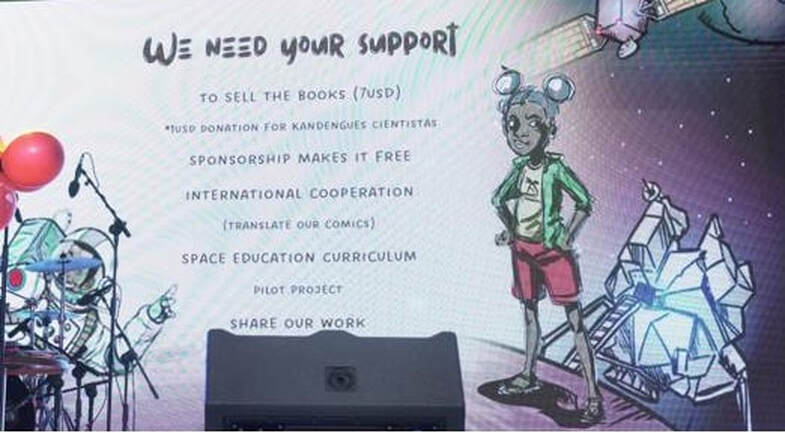
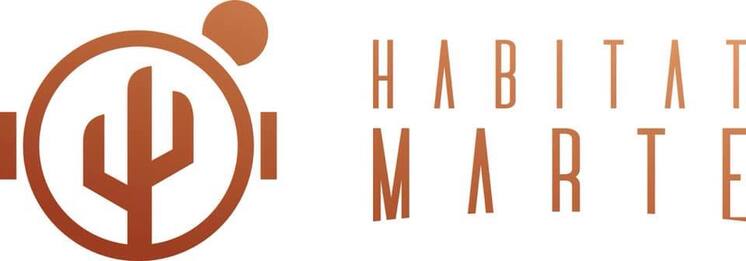
 RSS Feed
RSS Feed